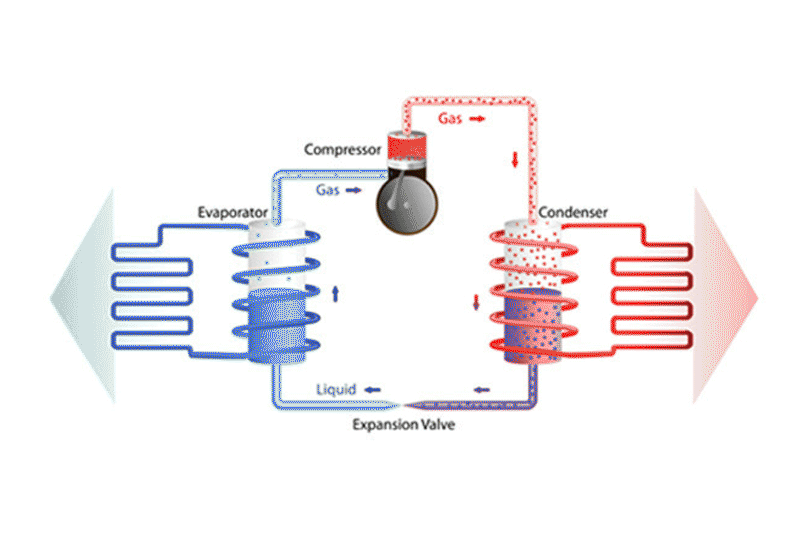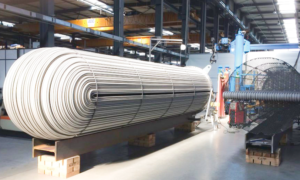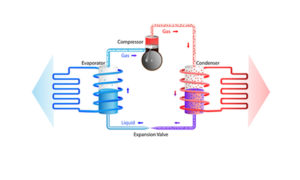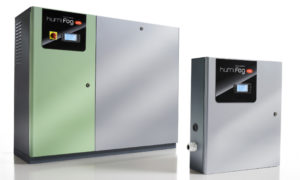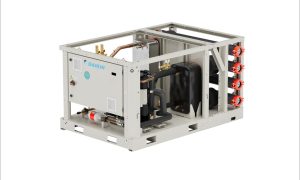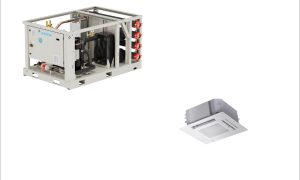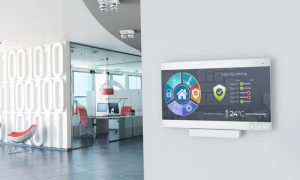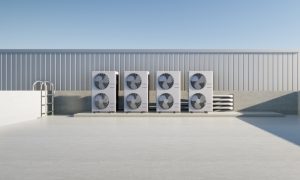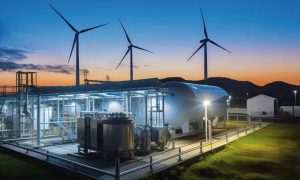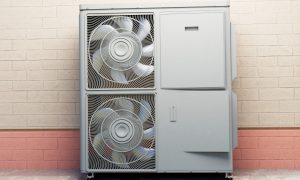In the conservation of energy and recovery of heat, heat pumps have gained themselves a niche. Heat pumps take low temperature heat from the environment and turn it into higher temperature heat by using electrical or thermal energy. Heat pumps operate on a thermodynamic principle known as the Carnot Cycle. Heat flows naturally from a higher temperature to a lower temperature. Heat pumps are able to force this heat flow in the other direction, using a fairly small amount of energy such as electricity, fuel, or high-temperature waste heat. Hence, heat pumps can transfer heat from natural heat sources in the surroundings to a building or an industrial application. Heat pumps can reversibly be used for both heating and cooling.
To mitigate collective carbon emissions, heat pump technologies are widely being used, where renewable energy sources are coupled with heat pump technologies. Heat pumps are the only known heat sources that emit zero emissions when renewable electricity is used. Heat pumps play an important role for energy conservation and CO2 emission reduction in industries, by utilizing the waste heat. With the use of heat pumps, 1.8 billion tonnes of CO2 per year could be saved.
There are various types of heat pumps available for different applications. The most common are air source heat pumps, which absorb energy from the air, and ground source heat pumps, which absorb energy from the ground. The recent advancements include fuel cell ejector heat pumps, use of surfactants to increase efficiency in vapour absorption systems, use of CO2 as a refrigerant in heat pumps, combining of renewal energy resources. Also, a new electrochemical heat pump using a combination of an electrolytic reaction at lower temperature to absorb low grade thermal energy and a thermochemical reaction at higher temperature to produce more efficient thermal energy is proposed.
Energy conservation through heat pumps
In many applications, heat pumps offer the most energy efficient way to provide heating (and cooling), as they can use renewable heat sources. Even in temperatures that are considered cold, air, water and ground contain useful heat that is uninterruptedly replenished by the sun. With a little additional energy, a heat pump can raise the temperature of this heat energy to the desired level. Heat pumps can also use unwanted heat sources, such as the heat generated from industrial processes, cooling equipment and ventilation air. Heat pumps are energy efficient— for each kW of electricity consumed by a heat pump, about 4 kW of thermal energy is generated. Bosch has also been practicing the use of heat pumps in its plants, in place of electrical heating. The total energy savings achieved by this deployment has been 70 MWh/year.
Heat pumps use waste heat that would otherwise be rejected to the environment. Heat pumps consume less energy to increase the temperature of waste heat and reduce the use of other fossil fuels. The quantity of energy saved and the cost of operating the heat pump depend on the application and the heat-pump characteristics.
Authored by:
Mohandas Mekanapurath,
Business Head, Bosch Energy and
Building Solutions, Bosch Limited
Cookie Consent
We use cookies to personalize your experience. By continuing to visit this website you agree to our Terms & Conditions, Privacy Policy and Cookie Policy.

